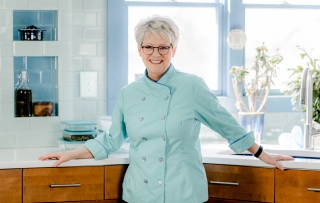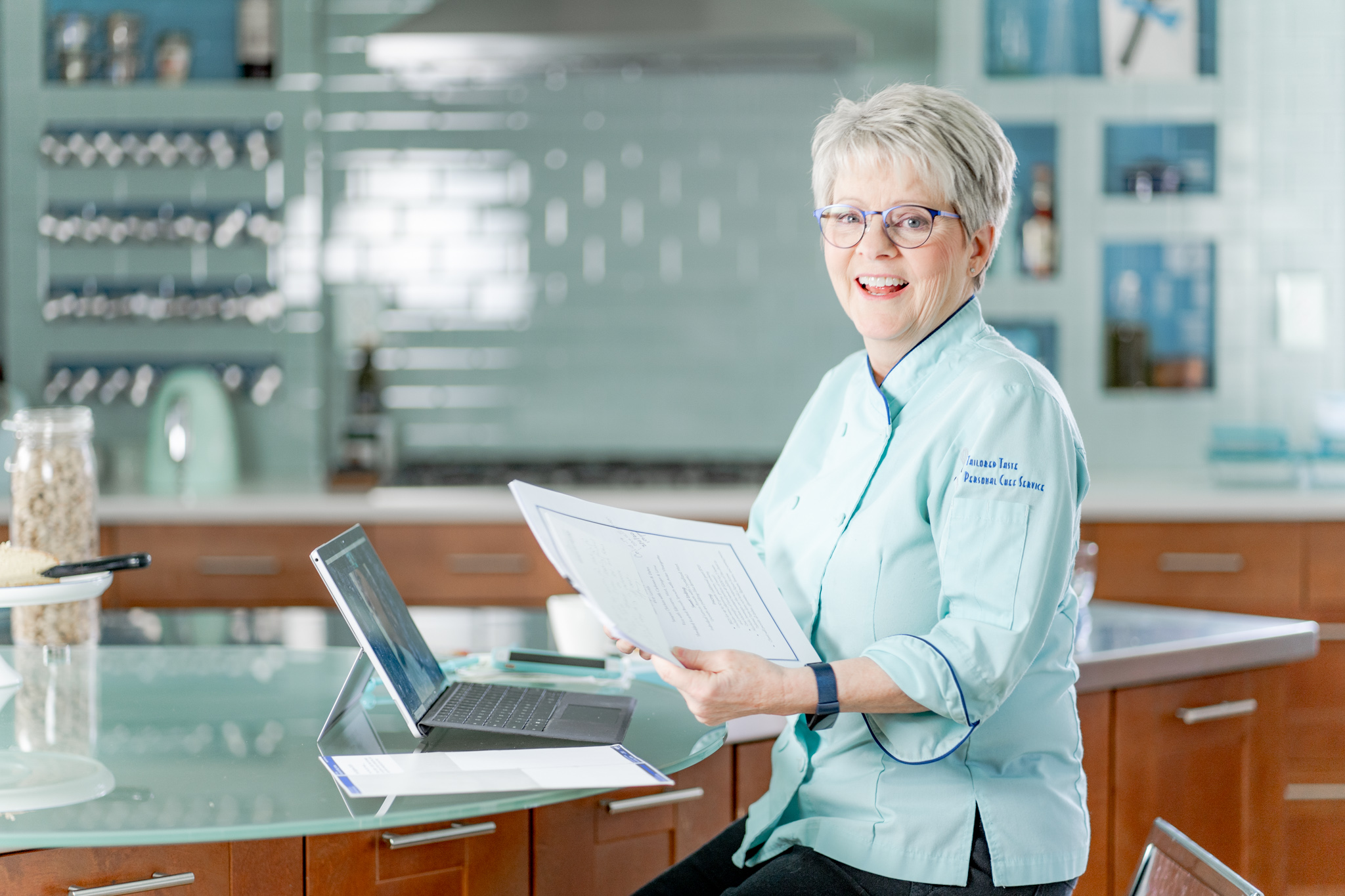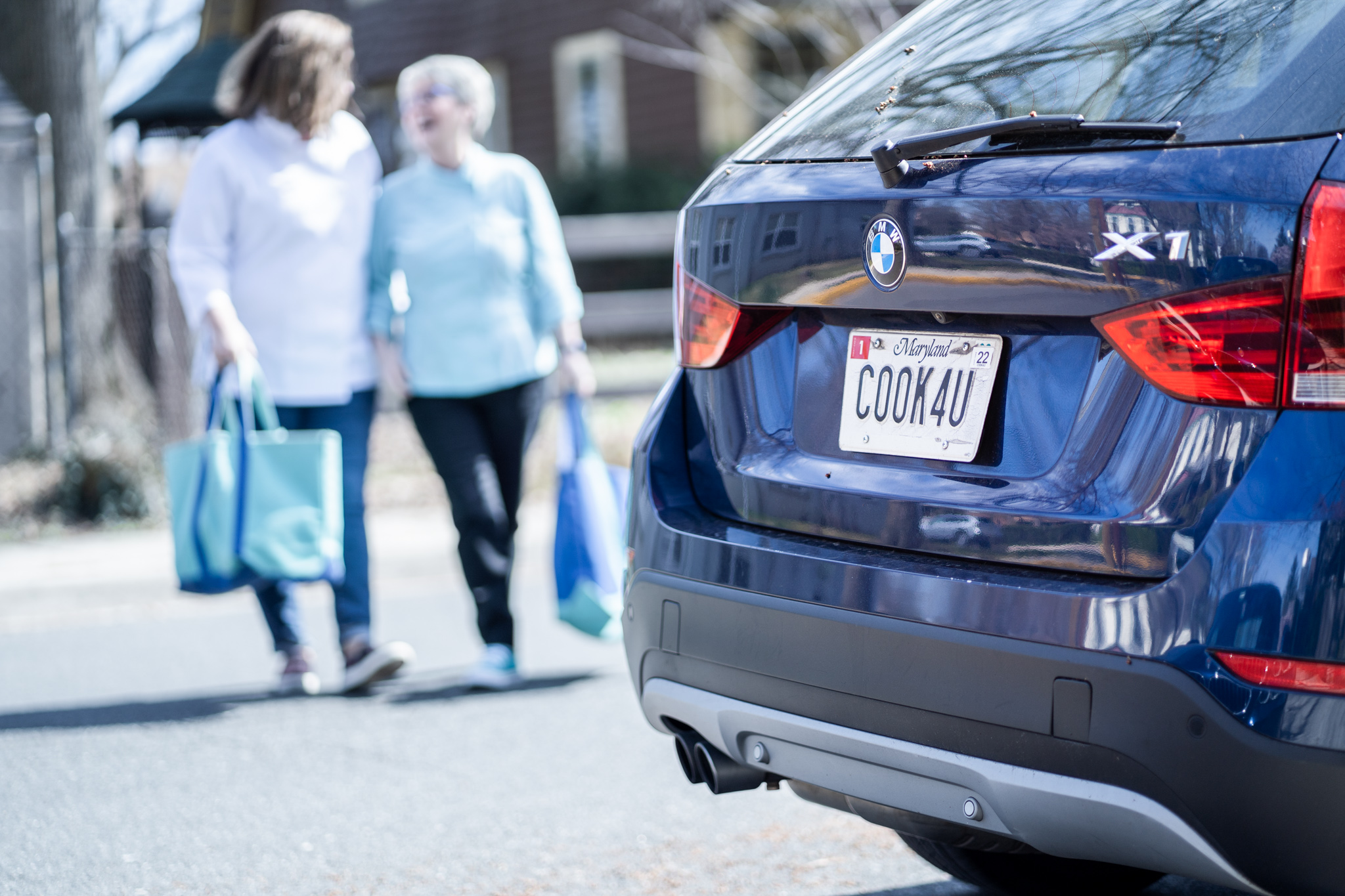
Budding Culinary Business Owners Encounter a Personal Chef Partner
04 December 2020US Personal Chef Association teaches specific business skills to culinarians striking out on their own.
By Lisa Parrish, GMC Editor
 Countless students attend culinary programs to learn skills required for owning their own foodservice businesses. They dream of cooking delectable dishes, receiving accolades for their skills and a handsome paycheck reflecting their culinary aptitude.
Countless students attend culinary programs to learn skills required for owning their own foodservice businesses. They dream of cooking delectable dishes, receiving accolades for their skills and a handsome paycheck reflecting their culinary aptitude.
Reality quickly confronts these new optimistic chefs as they graduate from culinary schools with a solid cooking foundation but not necessarily the same foundational skillsets required for operating a profitable business. Afterall, culinary schools are not business schools. Beyond that there is usually a lack of cash flow required for ventures such as a restaurateur, caterer or food truck operator.
Budding business owners may not have to shutter their entrepreneurial doors before they start as another enterprise may be an option: personal chef. This is a chef owner who contracts with clients to cook meals or a food service in the client’s home for a set price. It’s an entrée into business ownership that may be more realistic for newly graduated cooks or other culinarians looking to make a career change.
The personal chef industry is supported by the United States Personal Chef Association (USPCA), a membership organization that helps owners effectively manage their businesses from assistance with where to find clients to how much to charge for a food service. For full members, the association also offers insurance specifically designed for the liability of cooking at a client’s premises.
The USPCA is strictly a business partner. “Bring your knife skills because we don’t teach them,” said Angela Prather, USPCA Membership and Partnership manager. She says the organization bridges the business skills gap sometimes left by a culinary education.
The business of being a personal chef
Monica Thomas, certified personal chef, personal chef coach and longtime USPCA member, assists newcomers in setting up their business. She coaches members during a one-on-one Zoom call and also created three training videos, “A Day in the Life of a Personal Chef,” “The Basics of a Personal Chef Business,” and “Business Beyond Cooking.”
She assists personal chef owners with items such as executing a cook day, determining the number of cook days per week, shopping, packaging and pricing. Her most-asked questions center around pricing. Pricing depends on the service offered, which can range from five entrees with four portions each (referred to as a 5 by 4) to smaller sizes like three entrees with two portions each (a 3 by 2). Another service option is a special dinner, which is popular during the holidays and on Valentines day.
Once the service scope is determined, the chef and client decide on menu options. From there, a typical transaction may include shopping for the ingredients, transporting ingredients and possibly equipment to the client’s home, and completing a cook day with cooking, cleaning and meal packaging. Determining hard and soft costs is one of the most difficult aspects for personal chefs.
Chef Thomas counsels new chefs to research the market rate for their area. “I live in Washington, D.C., where the prices are much different than in other locations. They need to find the going rate,” she said. “I tell them if they are good enough to provide the service there is no reason they shouldn’t be charging what everyone else does. Charge what you are worth.”
She suggests pricing by the service size and complexity and not an hourly rate. “I give the example, ‘Would you hire a painter by the job or hour?’ Pricing by the hour rewards slow cooks,” she said. The trainer also counsels new chef owners that specialty meals, such as those for gluten-free clients or elite athletes, should also come with a price premium.
Another business basic addressed by Chef Thomas and the USPCA is finding clients through marketing, social media and other avenues. Prather said the association works diligently helping personal chefs understand who their ideal client is and where to find that person. “We talk a great deal with a member and ask questions like, ‘Where do your clients like to eat?’, ‘What is their life like?’, ‘Are they on LinkedIn? and many other questions,” said Prather.
Personal chefs still operating during COVID-19
Prather noted that despite COVID-19, the number of cooks hanging new business signs has increased. She credits the increase to cooks sidelined due to pandemic shutdowns. She said that many decided to make career changes and were searching for opportunities to work for themselves.
USPCA provided guidance for personal chefs resuming or starting their cooking businesses after the early spring pandemic closures. Precautions included cleaning and sanitizing kitchen and dining spaces prior to use, wiping down all high touch surfaces, asking clients to remove themselves from the kitchen when the chef was cooking, not clearing tables, and strictly following all personal hygiene and social distancing guidelines.
Prather also credited more clientele availability because people felt more safe eating in their homes than in an enclosed restaurant space, if the restaurants were open. Additionally, during the warmer months clients were requesting more outdoor specialty dinners.
About the United States Personal Chef Association
Created in 1991, the USPCA has been involved with shaping the standards and establishing guidelines for personal chef services. Prior to the association’s creation, no liability insurance consistently covered chefs cooking in other peoples’ homes and kitchens.
With more than 1,000 members across North America, USPCA offers five levels of membership from a Premier Membership, available to any personal chef operating an established business, to a Student Membership for those enrolled in an approved culinary program. Prices for membership range from $90 to $595 per year. Each level offers different benefits, with liability insurance included in the top Premier option.
Click here for more USPCA information.
